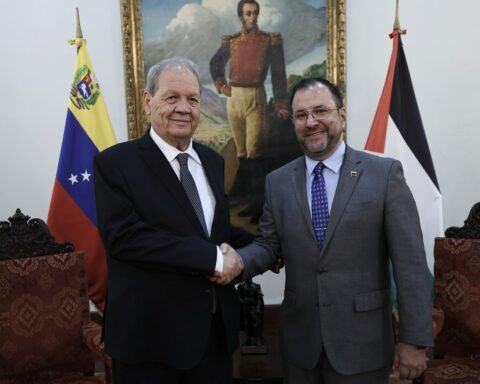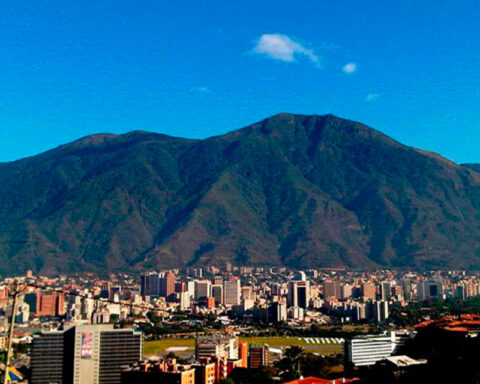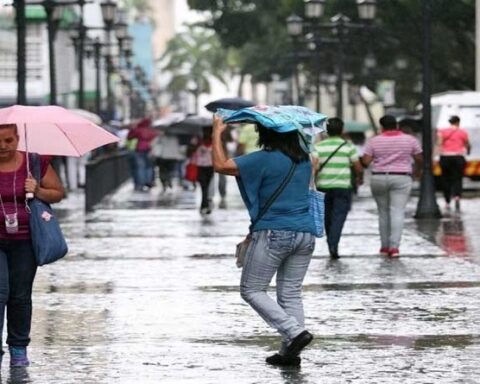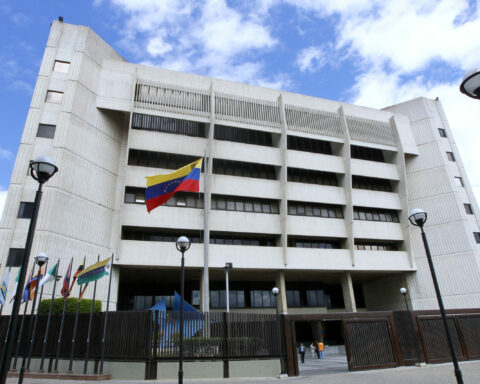
When the human being began to philosophize in a systematic way -because reason already implies spontaneous or connatural philosophizing- back in Asia Minor, some six centuries before Christ, one of the very first questions raised was about the unity of things, before its perceptible multiplicity.
The answers went to extremes: affirmation of the real as pure anarchy and transience or as a homogeneous and permanent whole. Parmenides and Heraclitus were the ones who became radicalized on both sides. Then people like Aristotle, by affirming an analogous unit (converging “in a certain way”), managed to identify the one in the multiple.
The truth is that the human being is not satisfied with the sole acceptance of the plural or diverse; he strives to discover or point out links, relationships, coincidences, groups, in that variety. The problem lies in finding reasonable and objective meeting points and not just unifying elements arbitrarily or subjectively.
All of the above serves as an introduction to the proposal of a unifying notion or category of the entire Christian message, which contains doctrinal elements, such as those expressed in the creed, and also guidelines and norms for praxis, such as those of the Decalogue and the Sermon. of the mountain. It was raised by the III General Conference of the Latin American Episcopate (Puebla, Mexico, 1979) and the bishops of our country assumed it with a view to the Plenary Council of Venezuela (2000-2006). A true discovery of invaluable consequences not only for these meetings and the documents they produced, but for the universal Church and its evangelizing mission. And beyond this, for the interpretation of reality in a Christian perspective.
The finding consisted, by the way, in something very simple: to identify a category and, specifically, communion, as an enucleating notion, the articulating axis of the entire Christian message: it was called the theological-pastoral line (LTP). An easy way to understand its function is to put it as an answer to the question “what is it”, with respect to the fundamental doctrinal and practical elements of said message, starting with primordial questions such as those related to the divinity itself – What is it? God? – Already the divine will on the free performance of his creatures – What does the maximum commandment prescribe? – The answer in both cases is communion. Because God is, as Trinity, interpersonal union of the Father, the Son and the Holy Spirit; and his will over his creatures is to love him and his neighbor, that is, human-divine and interhuman communion (communion and love are equivalent, although the latter accentuates an operative nuance and for this reason we say that love weaves the communion). Other examples are the definition of the Church as a sign and instrument of human-divine and interhuman communion, given by the Second Vatican Council (see LG 1), and the qualification of “civilization of love” that Pope Paul VI assigned to society that the Christian must contribute to building. Puebla and the Venezuelan episcopate, when proposing their LTP, accompanied communion with the notions of participation and solidarity, respectively, to emphasize the fruits or requirements of communion.
The set of truths and operational guidelines that are proposed to the believer do not remain, therefore, in an aggregate or inventory of elements, but rather form a harmonic set structured around a category that integrates and interrelates them, also articulating the negative ( sin is anti-communion and exclusion from the Church, excommunication).
Communion as a theoretical-practical articulating axis is not limited to the “religious”; it is open to the broad secular and to an application without borders, even overflowing the interpersonal, as when Pope Francis analogically uses the term “universal communion” (Laudato Si’220) speaking of ecology.
The Christian message is not, then, a list of doctrines and norms. It forms a corpus articulated around the category communion, which answers the question: what is it? regarding the doctrinal and practical elements that it organizes.








